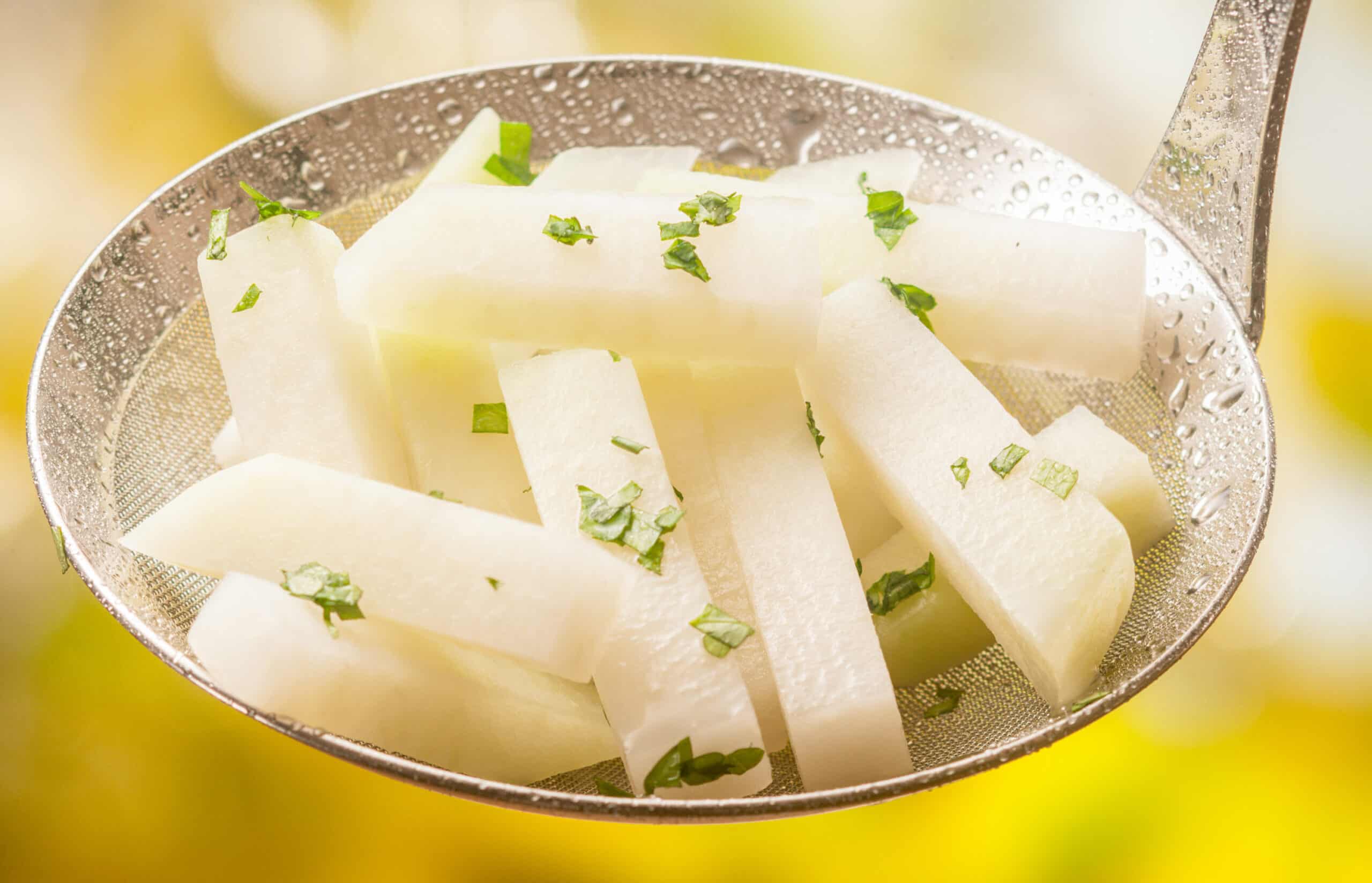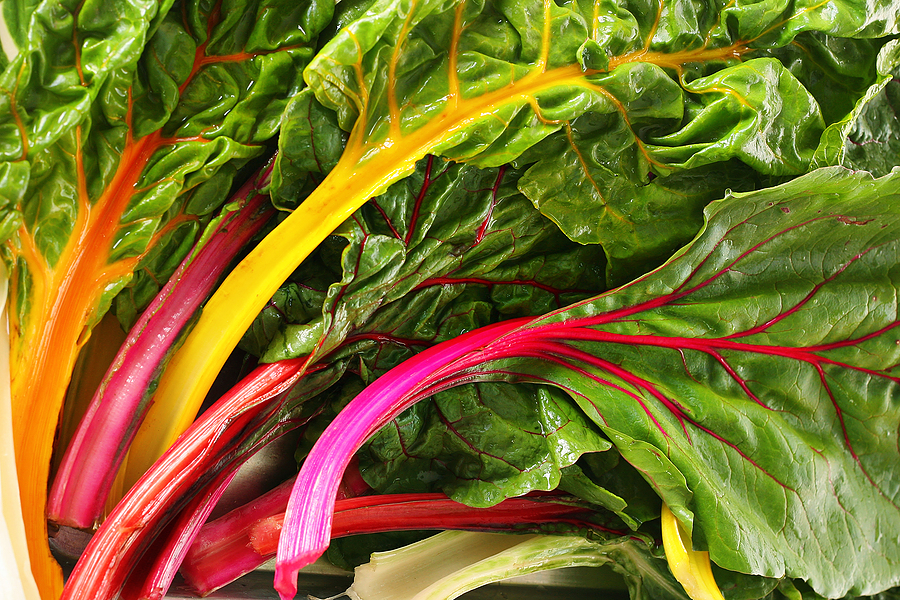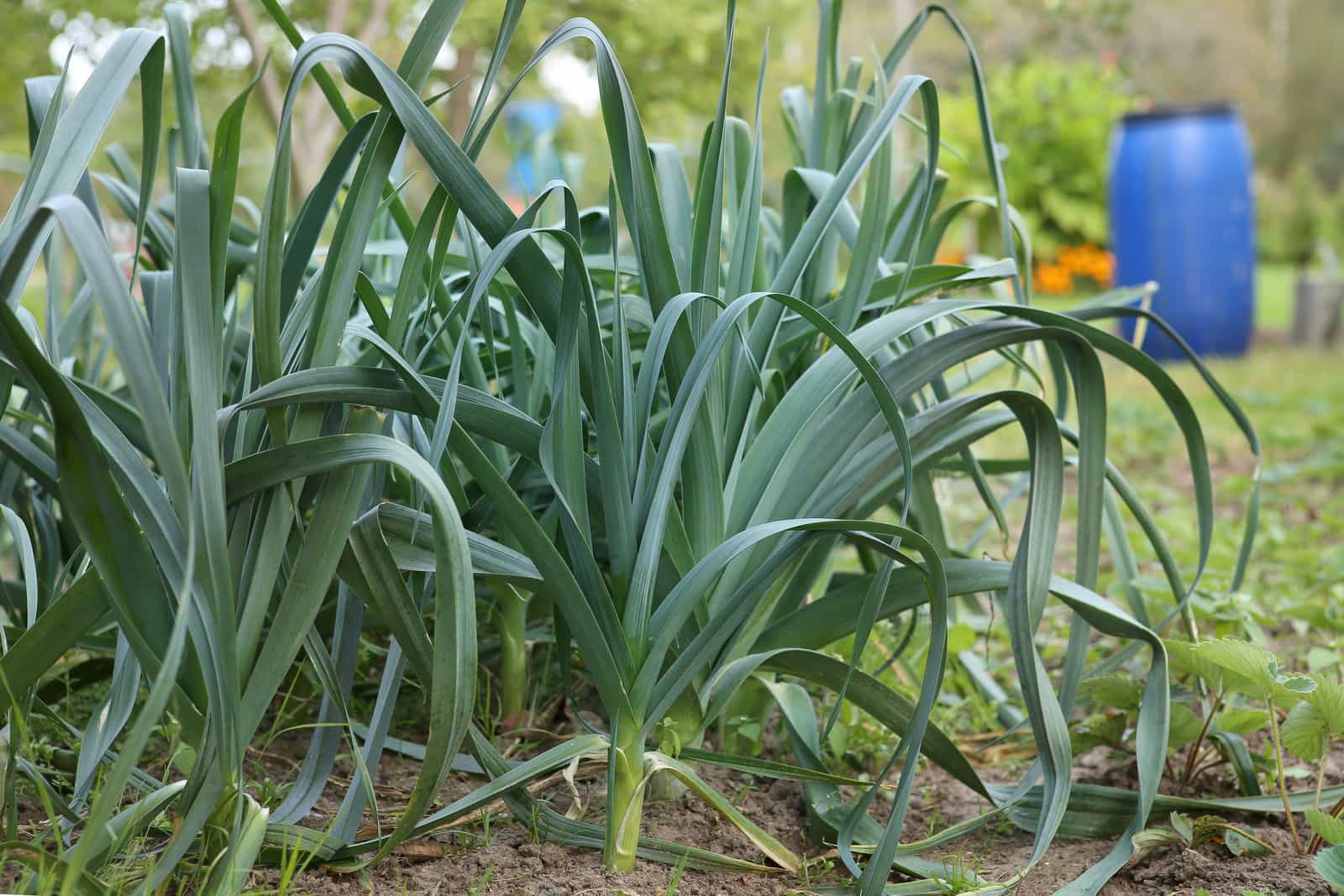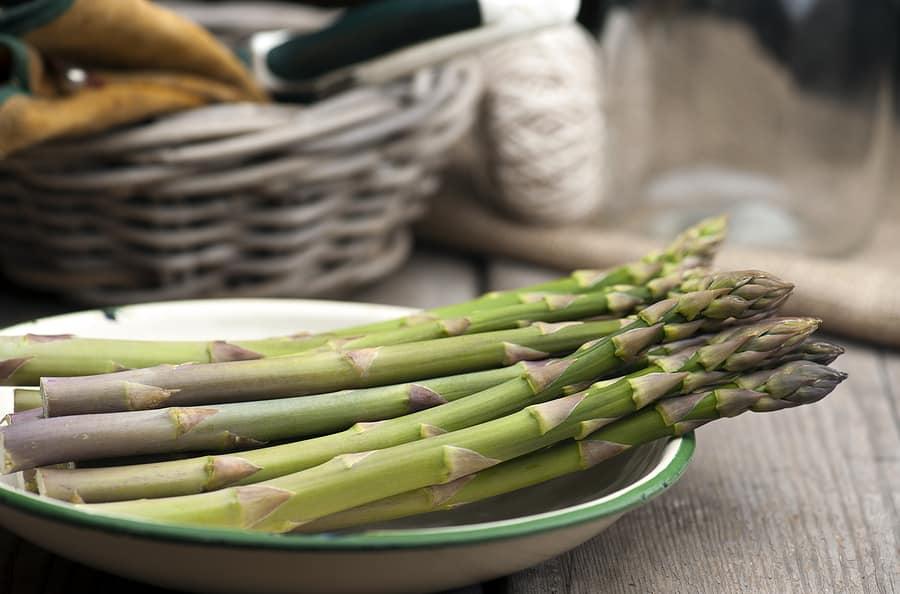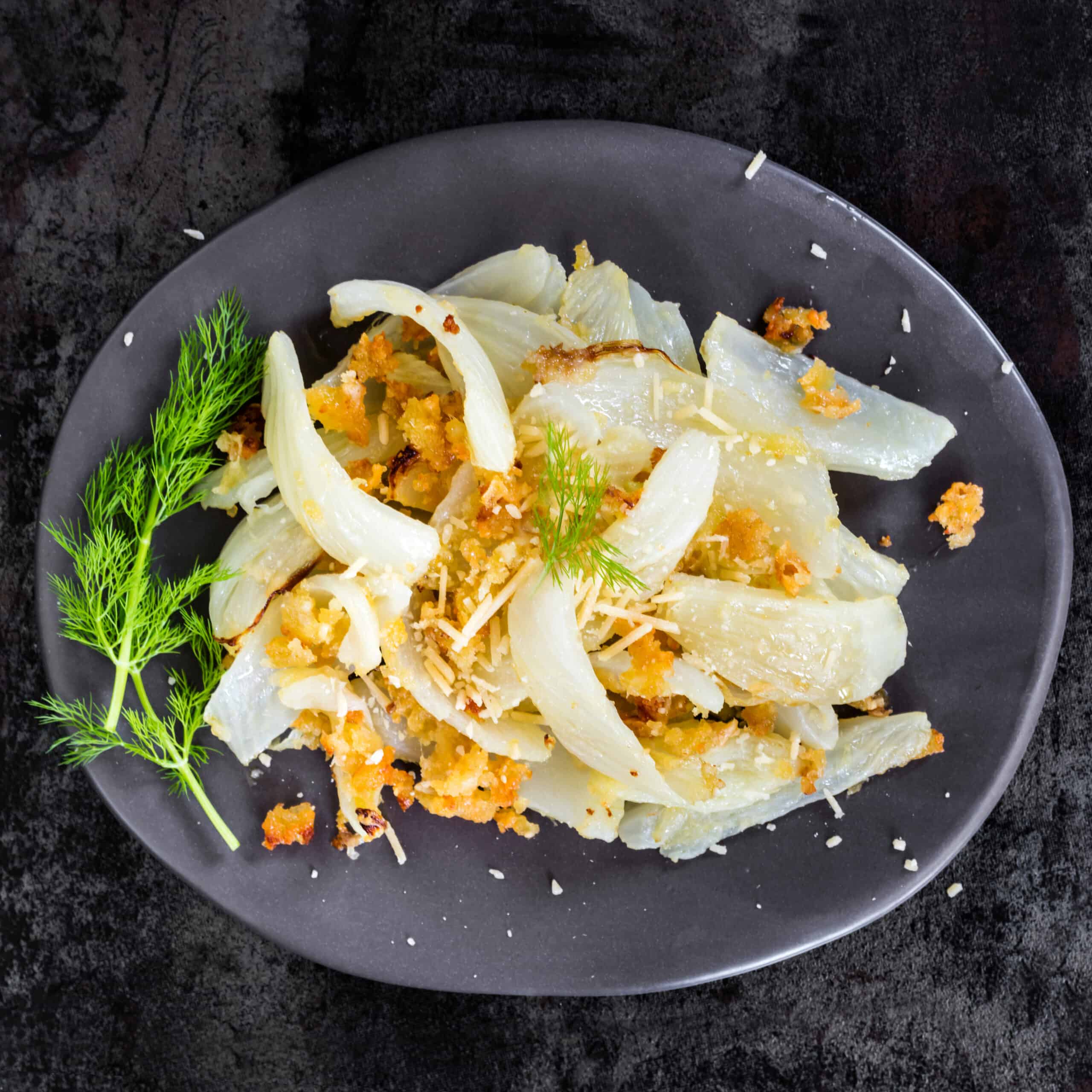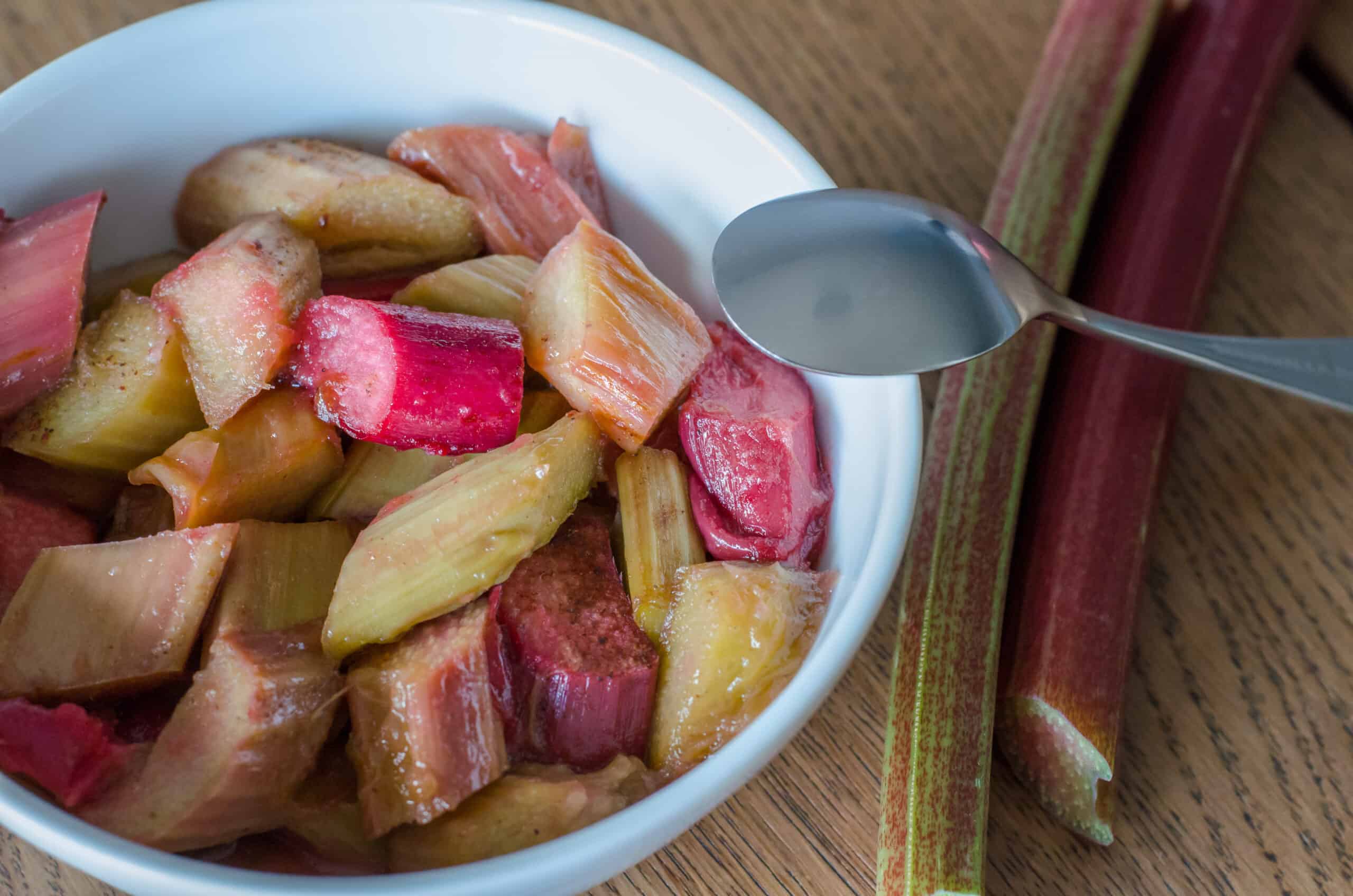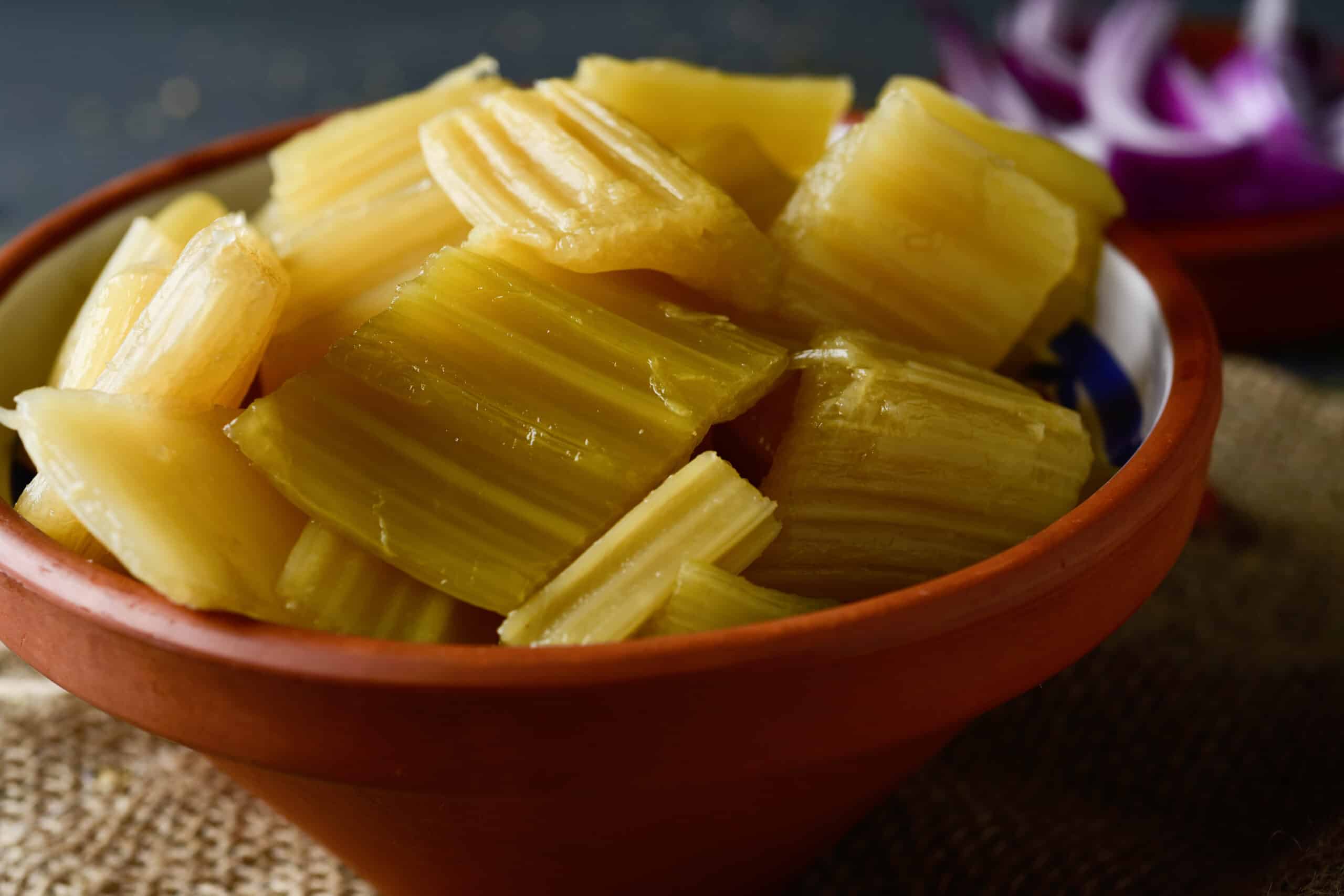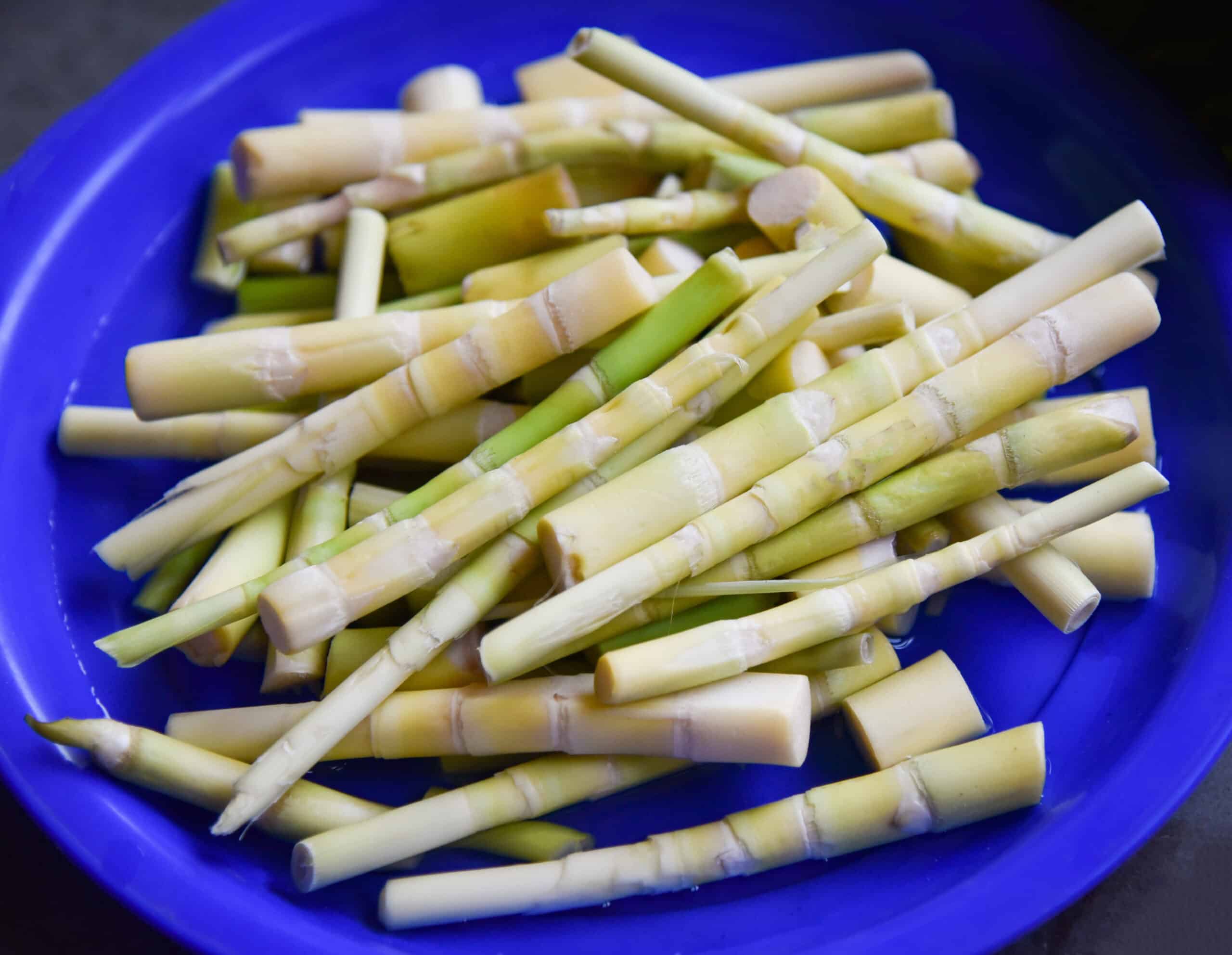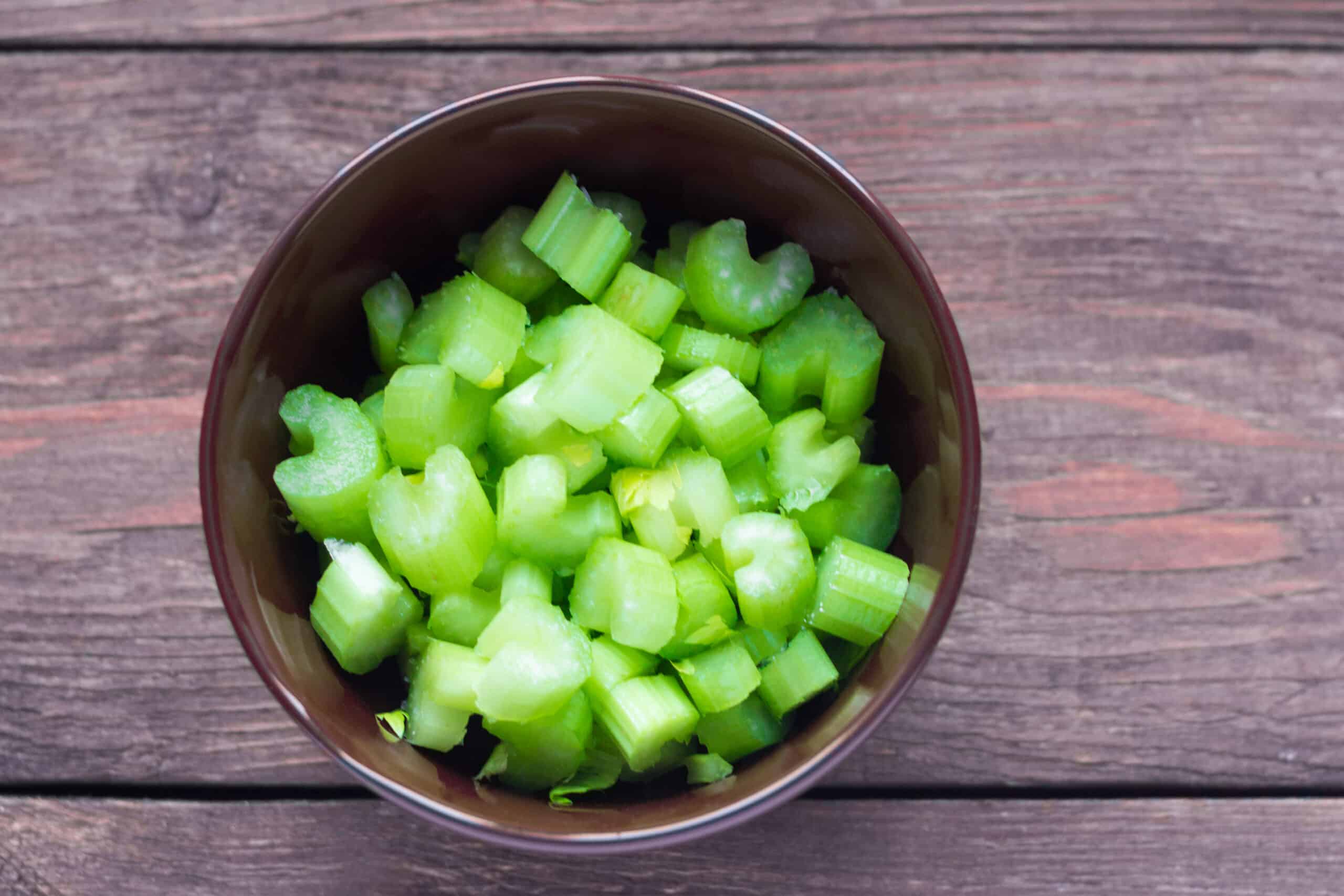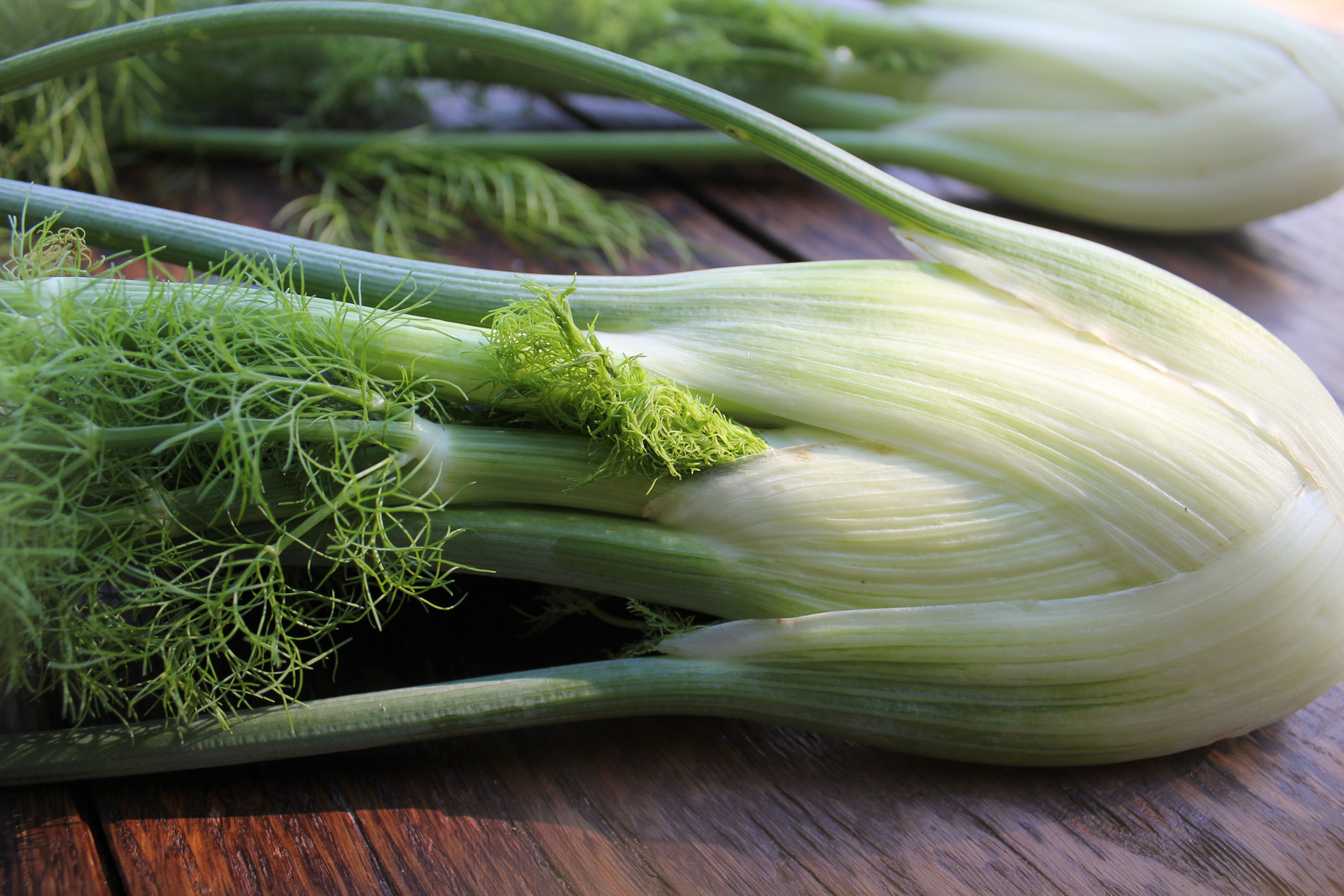Stalk Vegetables
Latest stories
More stories
-
How to Plant and Grow Rhubarb
Rhubarb is grown for its leaf stems (called petioles) which are thick and fleshy. The stems are colorful—cherry-red to deep red and sometimes green–and tart. They are used in jams and pies—with plenty of sugar added—and are often matched with the sweetness of strawberries. Rhubarb is a perennial vegetable that requires a dedicated growing spot […] More
-
How to Plant and Grow Leeks
Leeks are grown for their thick, juicy, long stalks. They are a mild-flavored alternative to the onion. Leeks require a long growing season—up to 170 days. They grow best in cool, mild weather. Leeks are nearly a year-round garden grower. Start leeks indoors in winter for planting out in very early spring for an early […] More
-
Seven Ways to Cook and Serve Asparagus
Fresh and quick, serve raw or cooked asparagus in salads or as a side dish during spring. Cut fresh raw asparagus into one-inch lengths with kitchen scissors. Then add them to the greens salad to add a bit of substance. Choose firm, plump, straight, round asparagus spears with tips that are tight and compact. Give […] More
-
Four Tasty Ways to Cook and Serve Florence Fennel
For a light delicate taste reminiscent of licorice and anise, choose Florence fennel. Florence fennel–which is also known as bulb fennel and in Italy as finnochio—is a pale-green, feathery-topped vegetable, with celery-like stems and swollen bulb-like bases of overlapping broad layers. The harvest season for this cool-weather vegetable is early fall through spring. How to […] More
-
Tasty Ways to Cook and Serve Rhubarb
Rhubarb is sharp and pungent with a fresh spring taste. Fresh rhubarb sauce and pie season starts in early spring and runs nearly to the first day of summer. Often thought of as a fruit, rhubarb is a vegetable. In some regions, rhubarb is so much thought of as a dessert fruit that it is […] More
-
Four Ways to Cook and Serve Cardoon
Cardoon is related to the artichoke and looks much like an artichoke. Cardoon is prepared like asparagus and celery and is served as a vegetable side dish or added to soups or stews. Cooked it is soft and meaty. Cardoon has a more bitter than sweet taste that hints of artichoke, asparagus, celery, and salsify. […] More
-
How to Cook and Serve Bamboo Shoots
Bamboo shoots slowly simmered have a delicate, bitter flavor and earthy aroma. Fresh bamboo shoots can be sliced and boiled, sautéed or braised, and served as an accompaniment to meat and fish. They can be slow-cooked with other vegetables or stir-fried. The crunchy texture of young, tender bamboo shoots makes them a great choice served […] More
-
Tasty Ways to Cook and Serve Celery
Celery can be eaten raw or cooked. Celery brings texture and a mild flavor to salads, hors d’oeuvres, soups, stuffings, stews, and stock. It can be steamed, braised, or sautéed and served as a side dish. Celery tastes best when it comes to harvest in cool weather, late spring, or in autumn. How to choose […] More
-
How to Plant and Grow Florence Fennel
All parts of Florence fennel can be eaten. The bulb can be prepared like celery; it can be eaten raw or cooked. The leaves and tenderest branches can be used in soups and salads. The seeds can be used as a flavoring in baked goods. Florence fennel requires a long, cool growing season, about 100 […] More

